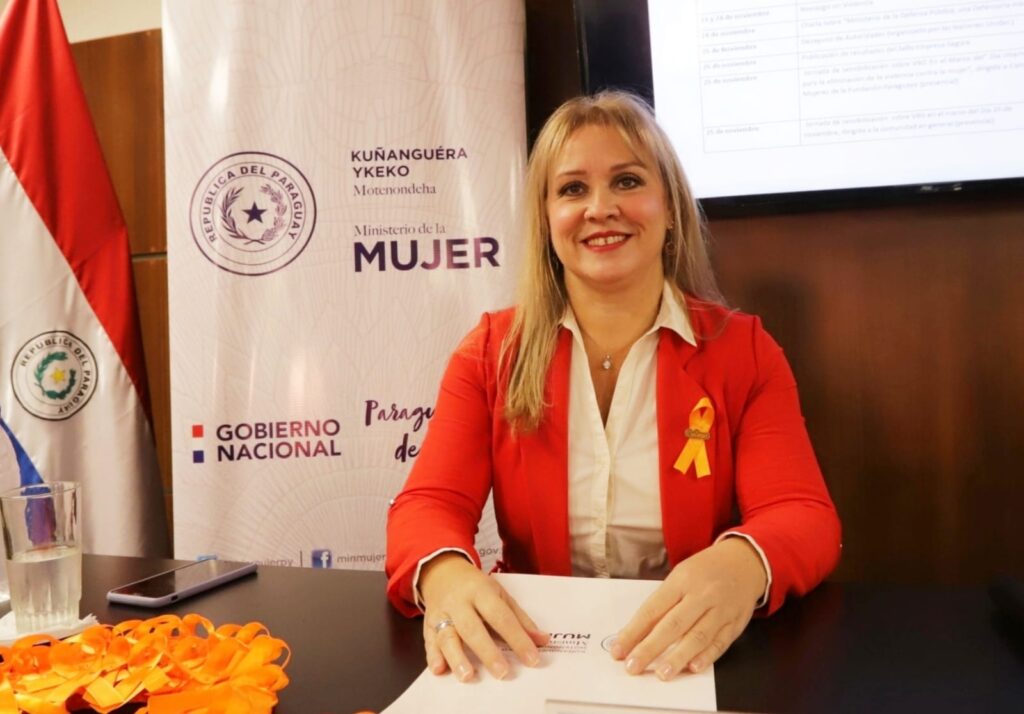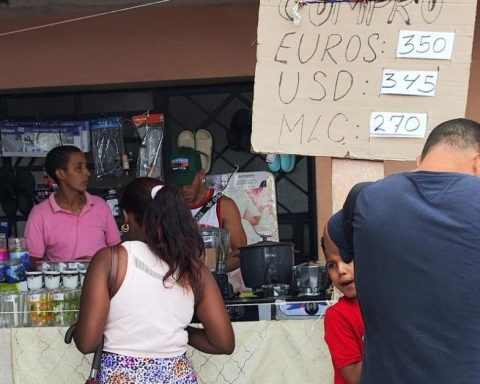The Department of Epidemiology of the Ministry of Health (Minsa) confirmed this weekend the second case of monkeypox or monkeypox in the national territory.
This is a 33-year-old man, who underwent a test at the Gorgas Memorial Institute, which gave a positive result, after becoming infected during a trip abroad.
The epidemiology report highlights that the patient began with symptoms last Sunday, July 31, such as fatigue, general malaise, continuous and persistent high-grade fever (39 degrees) and diarrhea.
On Wednesday, August 3, the man began the appearance of multiple skin lesions that progressed to pustules and vesicles with purulent content on the upper extremities, initially, then on the trunk, neck, and face.
Once the case was detected, the Minsa reported that it activated the response teams and began the traceability of the case, the investigation of the possible close contacts of the case and established the necessary prevention and control measures to contain the spread of the virus, while the The patient has been subjected to the protocols and treatments established for the management of these cases.
At the beginning of July, the first case of monkeypox was registered, a 30-year-old man, who two weeks ago overcame the disease.
Since last May 24, Panama declared a health alert throughout the country and epidemiological surveillance was redoubled in all health regions and all entry points into the national territory.
A National Plan for the Surveillance, Prevention, Control and care of monkeypox was developed, which was disclosed to all health facilities for the preparation of a comprehensive approach to these patients, for which they must have adequate isolation areas from require hospitalization of a patient according to established protocols.
The World Health Organization (WHO) notes that monkeypox infection can be divided into two stages. The first is incubation, which can last from zero to 5 days. The second, of skin rash, which can vary between one to three days, after the onset of fever.
This skin condition usually affects the face in 95% of cases; 75% the palms of the hands and feet.











